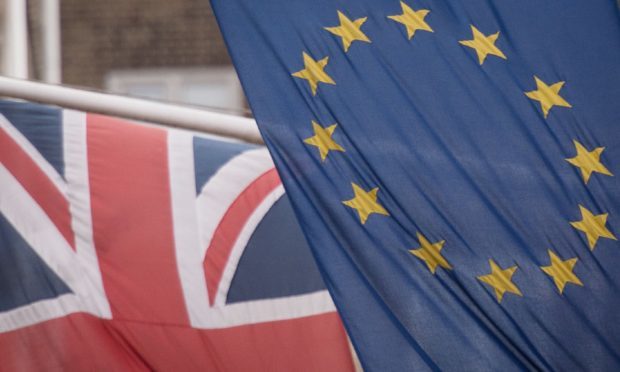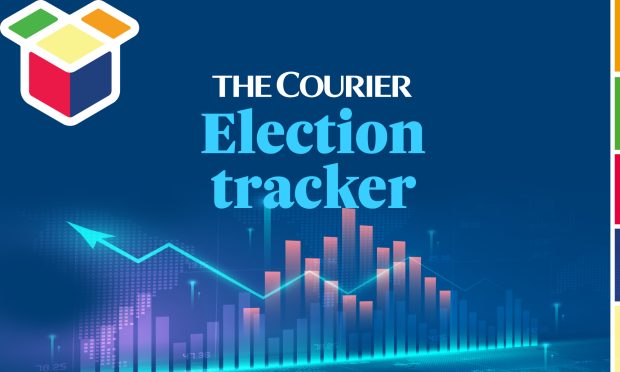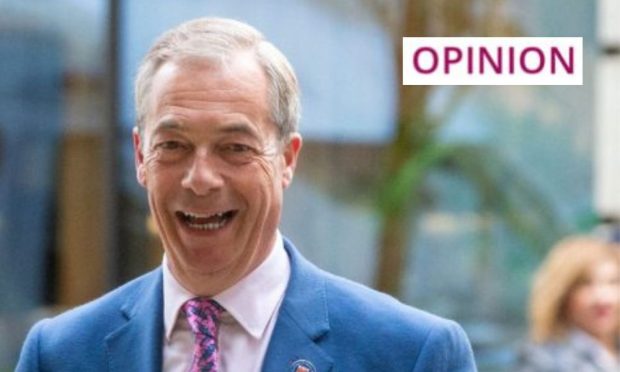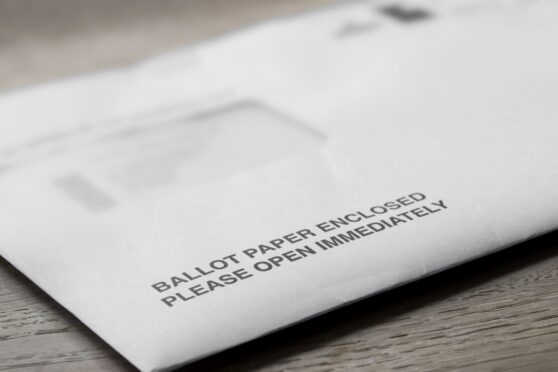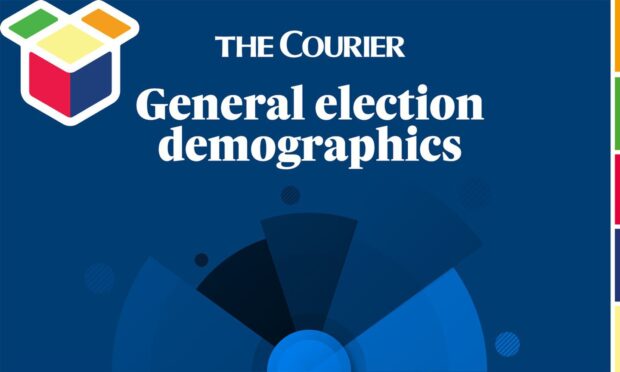Britain’s highest court has ruled that the UK’s exit from the European Union cannot take place without it being approved by MPs.
It has also ruled that there is no need for the devolved administrations to be consulted, meaning the Scottish Parliament will not hold a veto on Brexit.
First Minister Nicola Sturgeon claimed the ruling strengthened the case for independence, saying it was “becoming ever clearer” Scots must vote on remaining part of the Union.
Supreme Court justices ruled, by a majority of eight to three, that Prime Minister Theresa May cannot lawfully bypass MPs and peers by using the royal prerogative to trigger the two-year process of negotiating the UK’s divorce from its EU partners.
The ruling is a blow to Mrs May, who has repeatedly said she intends to trigger Article 50 by the end of March following the clear majority in favour of Brexit in the June 2016 referendum.
It was won by a wide-ranging group of anti-Article 50 campaigners led by investment manager Gina Miller, 51, and hairdresser Deir Dos Santos.
Announcing the judgement, Supreme Court President Lord Neuberger said: “The government has the prerogative power to withdraw from treaties as it sees fit.
“It cannot do so if it will change UK laws unless authorised to do so by Parliament.”
David Davis warned MPs against thwarting the “will of the people” by frustrating Britain’s exit from the EU as Labour said the Government’s Brexit plan had “big gaps”.
The UK Brexit Secretary told the Commons he will introduce the “most straightforward Bill” possible within days to give effect to the “decision of the people” and respect the Supreme Court’s judgement.
Ms Sturgeon has already vowed to give MSPs a vote on triggering Article 50, although it will now be purely symbolic after judges unanimously Conservative ministers are not legally required to allow Ms Sturgeon’s government to potentially block the proposals with an Edinburgh vote.
The judgement read: “As to the application of the Sewel Convention to the decision to withdraw from the EU given the effect on the devolved competences, the convention operates as a political constraint on the activity of the UK Parliament.
“It therefore plays an important role in the operation of the UK constitution. But the policing of its scope and operation is not within the constitutional remit of the courts.
“The devolved legislatures do not have a veto on the UK’s decision to withdraw from the EU.”
The SNP leader said her government “welcomes” the ruling on Westminster being required to vote on Brexit but was “obviously disappointed” with the decision on devolved administrations.
She added: “The claims about Scotland being an equal partner are being exposed as nothing more than empty rhetoric and the very foundations of the devolution settlement that are supposed to protect our interests – such as the statutory embedding of the Sewel Convention – are being shown to be worthless.
“This raises fundamental issues above and beyond that of EU membership. Is Scotland content for our future to be dictated by an increasingly right-wing Westminster Government with just one MP here – or is it better that we take our future into our own hands? It is becoming ever clearer that this is a choice that Scotland must make.”
For the full Scottish reaction, click here.
The UK Government will do “all that is necessary” to implement the ruling, Attorney General Jeremy Wright said.
Mr Wright added the government was “disappointed” by the final decision in its historic battle but that ministers will comply with the ruling.
Speaking on the steps of the Supreme Court, he said: “The Government will comply with the judgement of the court and do all that is necessary to implement it.”
In a statement released immediately after the ruling, Labour leader Jeremy Corbyn said his party would not “frustrate the process for invoking Article 50” but would seek to amend the government’s bill.
SNP MPs pledged to table 50 amendments to the UK Government’s Brexit Bill, which has not yet been published for anyone to see the contents of.
These include a call for a white paper to be published before Article 50 is invoked; unanimous agreement of the Joint Ministerial Committee encompassing the devolved administrations; and agreement with the European Commission that the current terms of UK membership will be revised if MPs fail to ratify the final terms an exit deal.
Mike Russell, the Scottish Brexit Minister, has already said every SNP MP will vote against to block the triggering of Article 50 no matter the circumstances.
It is expected that Labour’s Ian Murray and Alistair Carmichael of the Liberal Democrats will also vote against the motion, leaving Conservative David Mundell, the Secretary of State for Scotland, as the only Scottish representative who will support the government.
